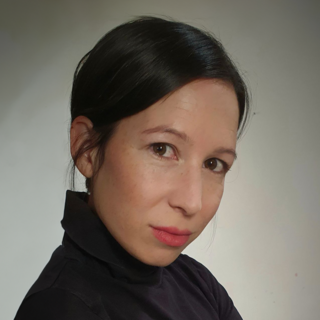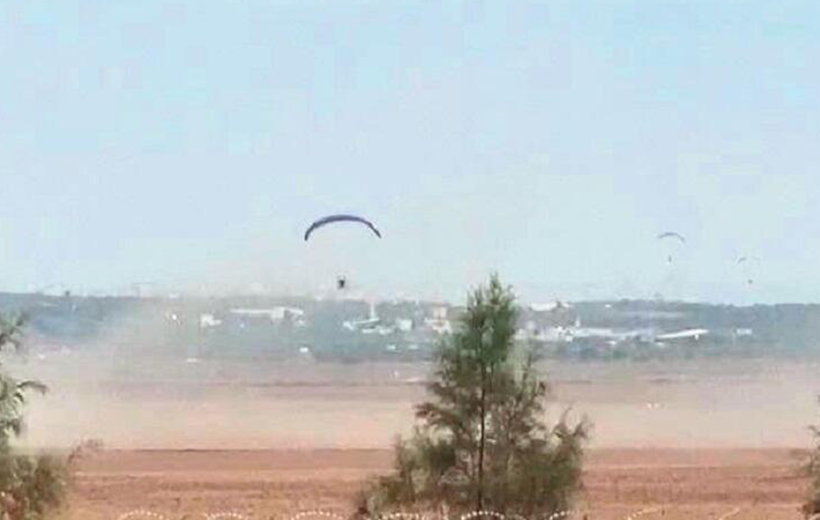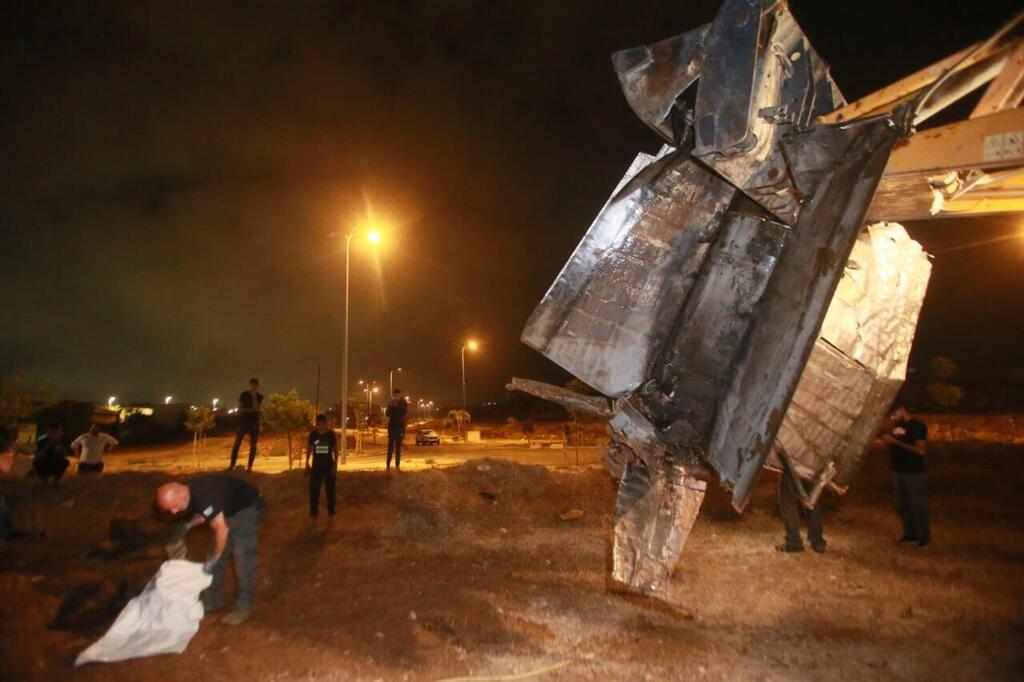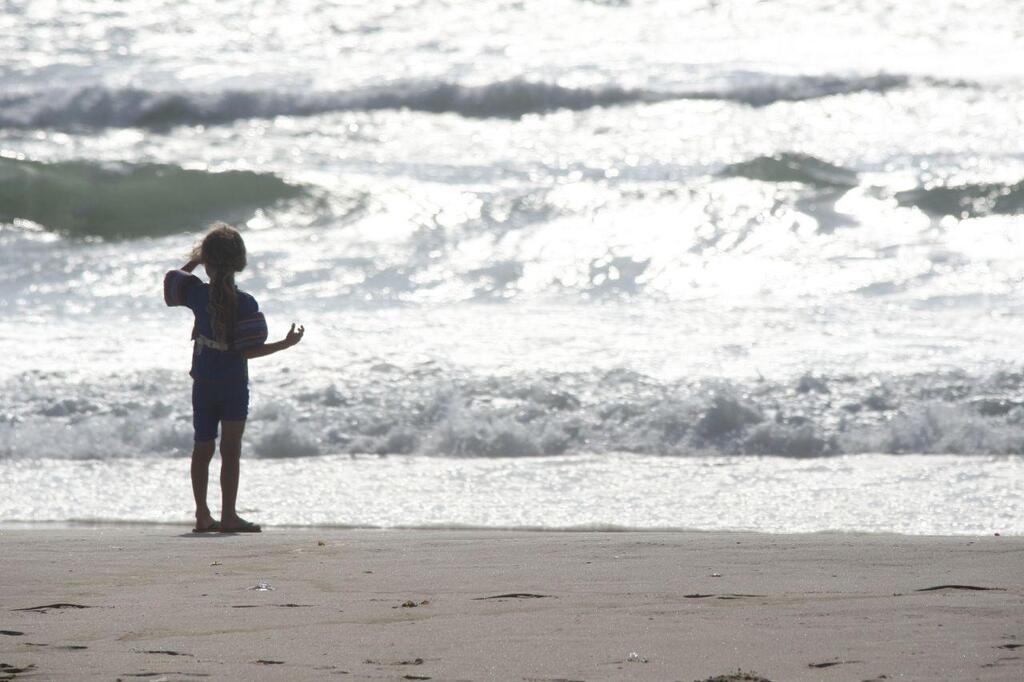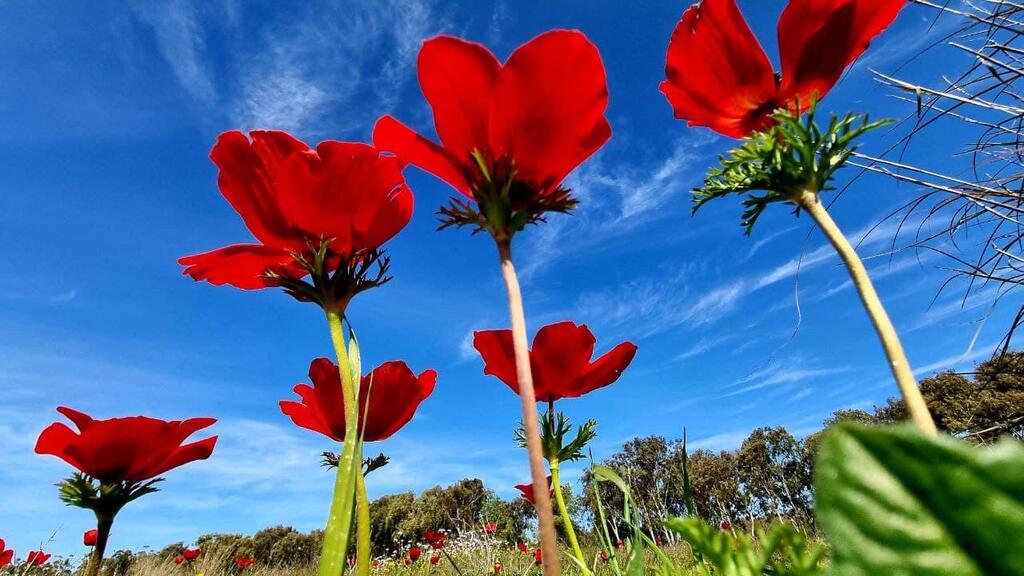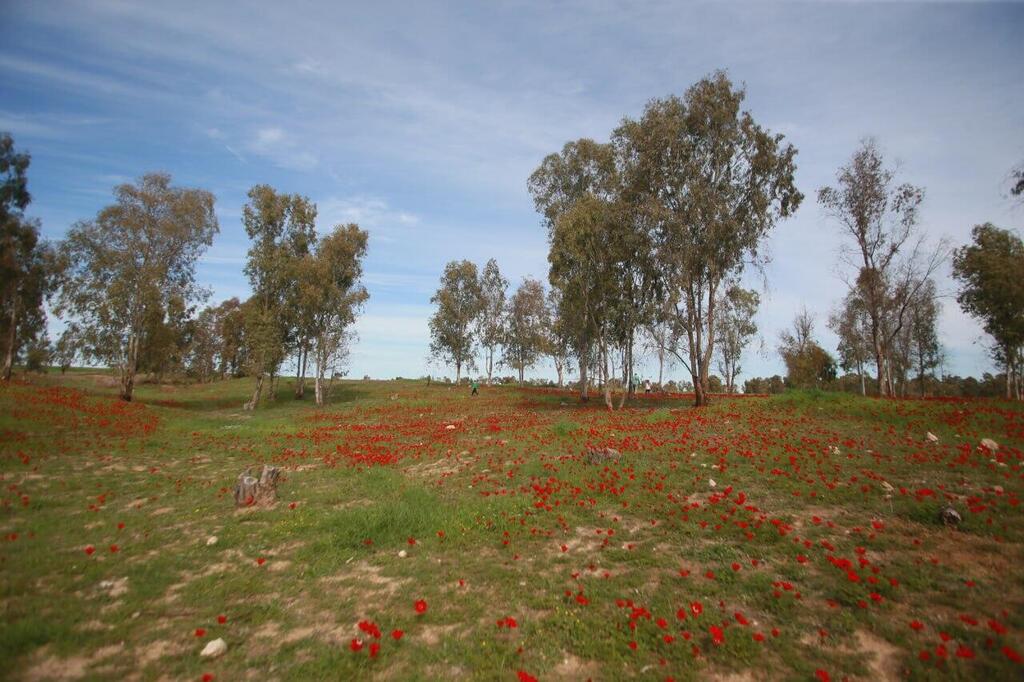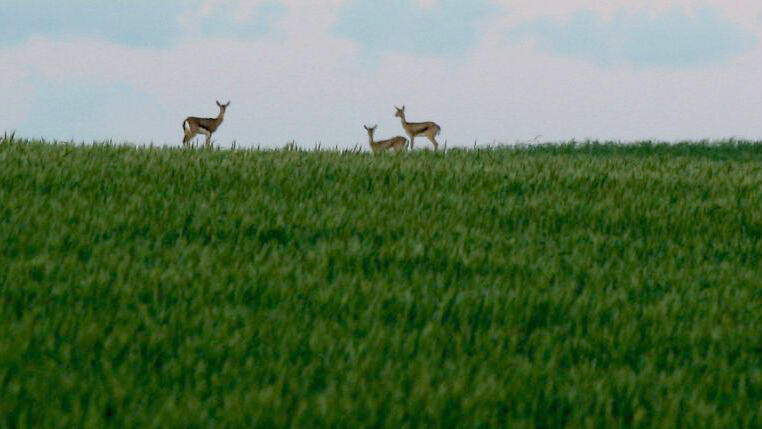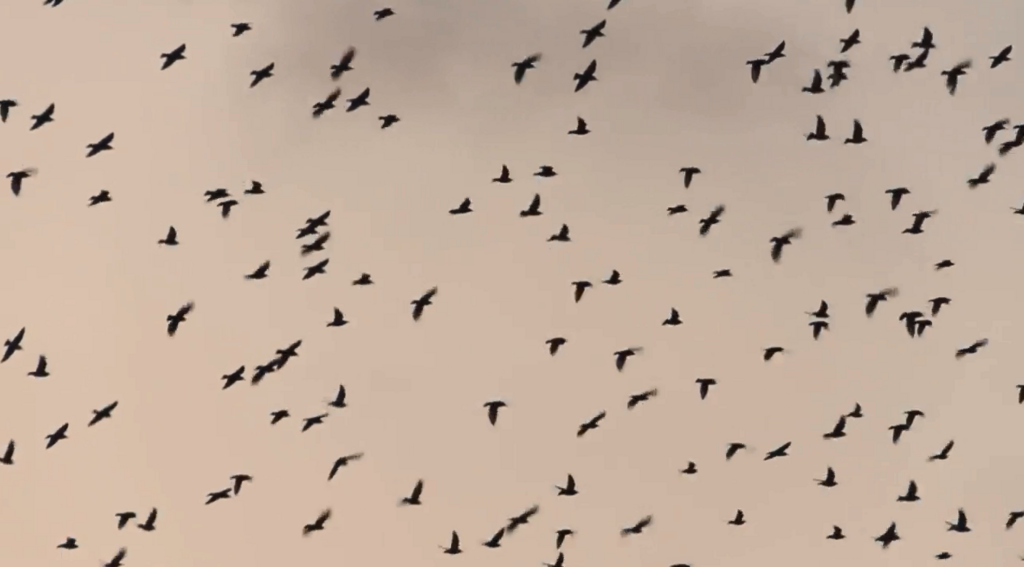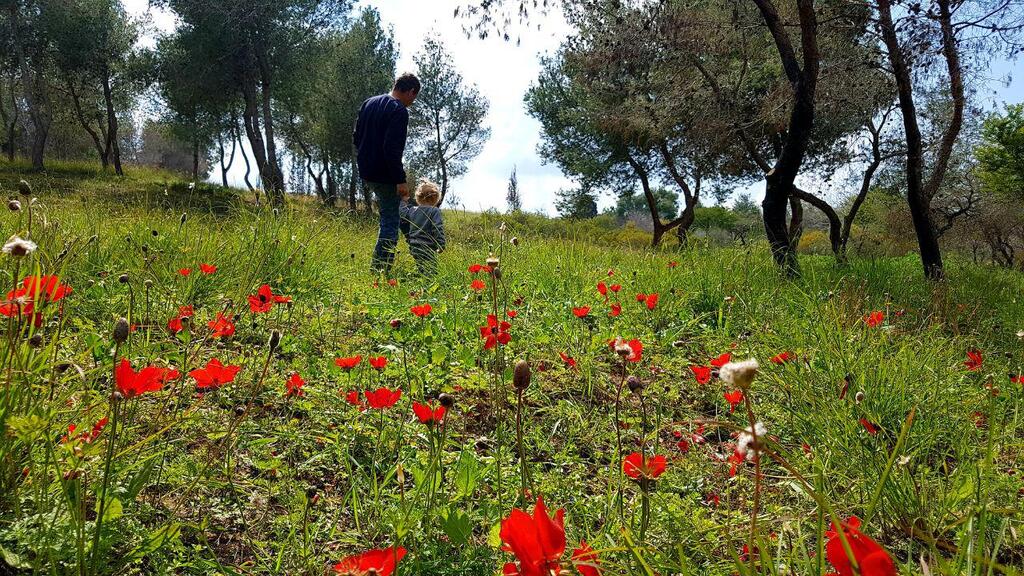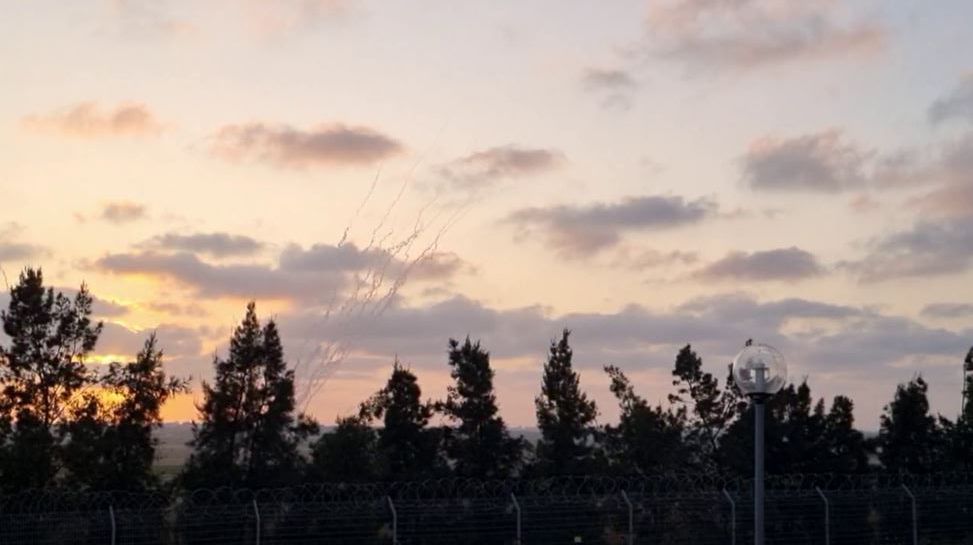Getting your Trinity Audio player ready...
They say a picture is worth a thousand words. Indeed, it seems that the photos of Ynet and Yedioth Ahronoth photographer Roy Edan - who was murdered by Hamas terrorists in the October 7 massacre alongside his wife, Smadar - tell the story of all of southern Israel. The hope for a peaceful life in a blossoming region, in the face of an insurmountable reality: endless fire exchanges, countless rocket barrages and now a war with no end in sight.
Read more:
Edan, 42 at the time of his death, and his wife Smadar were murdered in a Hamas incursion into Kibbutz Kfar Aza where they lived. Two of their children, Michael and Amalia hid in a closet in their home and survived. Their youngest daughter Abigail was abducted to Gaza and was released from Hamas captivity after 51 days. Just before he was murdered, Roy still had time to take his last photo - the Hamas paragliders that infiltrated from Gaza on the morning of the attack.
10 View gallery
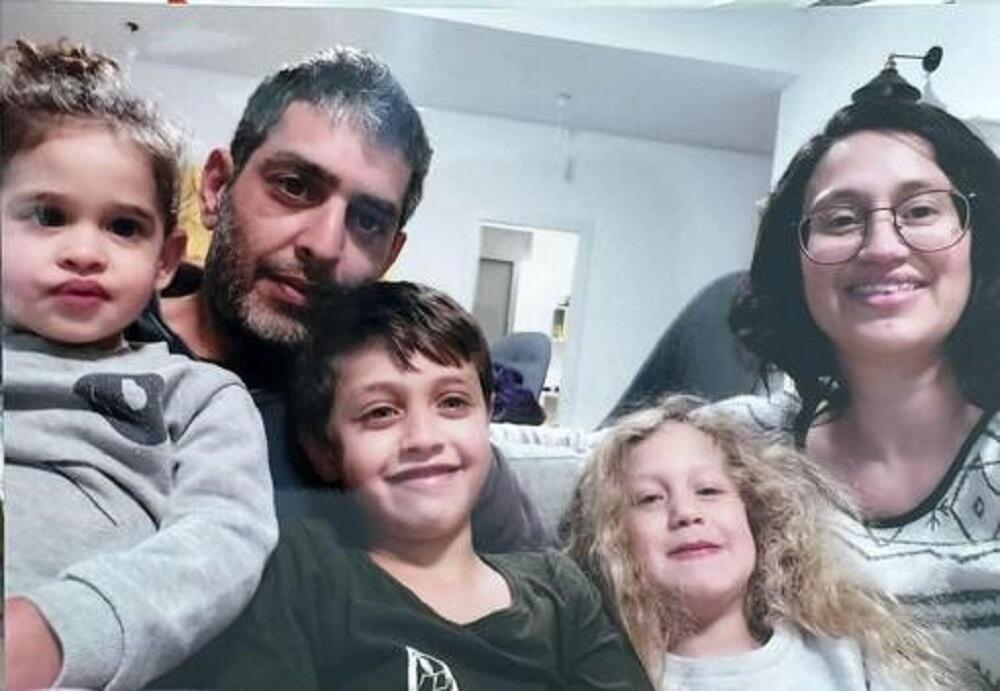

The late Roy and Smadar Edan with their now orphaned children
(Photo: Edan family album)
This is not necessarily the photo that Roy would like us to remember. On the occasion of 100 days after the terrorist attack in which he was murdered, we revisited the numerous spectacular photos he took over the years, from the blooming of the marigolds at the Red South Festival, the migration of the starlings, the paintings of hope on the wall in Gaza border communities and the sunset in the background of a rocket barrage from Gaza.
"Roy liked to photograph mostly marigolds. But not wars," said Ynet's southern Israel correspondent Matan Tzuri, who worked closely with Edan for many years. "Also Drimias in the fall, and flowing streams in the winter of the northern Negev, spectacular floods in the desert. Flocks of starlings and the joy of bathers the summer. But Roy never liked to photograph wars."
Livnat Ginzburg, the former tourism coordinator for the Northern Negev and producer of the Red South Festival, tells about what she calls "good-news Roy". According to her, "I have always met Roy at festivals, at events, in places where it is necessary to document and report the good things, the positive things and the beautiful things that happen in our area that it is important for everyone to see and recognize."
Ginzburg adds "Roy, for me, was a sign that Red South had begun. Over the years, we would meet just before the festival started, just as the first marigolds began to pop. We would meet early in the morning, Roy would take a few pictures and say: 'Come on, we've got it, I'm running away before the traffic jams start' - with a mischievous smile. It was like that for years. It has already become a tradition. Children were born, the marigolds bloomed and we made sure to meet each time.
"I know that Roy also documented the less beautiful and pleasant things, but we always met in positive contexts. Whether it's in Red South or Indie Negev, at the balloon festival or anything good that happened in our region. For me, Roy was a messenger and representative of the good and the beautiful. That's how I'll remember him. With the big heart, the encouraging hug, the optimism, the tip for the good life and the eternal smile that I will miss so much."
Alon Strimling, senior news and content editor, talks about Roy's great dedication to his work and the area where he lived. "Roy was a professional photographer who lived and breathed news, but first of all a human being who always found the good, and the positive in everything. The Gaza border communities area was in his soul. It was important to him to document their life, prosperity and blossoming, as he used to photograph in 'Red South' exactly in the same way he brought photos of incendiary balloons or rocket barrages. This is a huge loss, and a person who was an essential part of our system. We will miss him very much."
Avivit Tsanti, a former producer at Ynet, testifies that many times when she called Roy to send him to photograph somewhere, she found out that he had already arrived at the scene or that he was on his way there. "Every time I would be surprised. 'Roy, I need you for...' - 'Aviva, I'm already at home that was hit by a rocket,'" she recounts her conversations with him.
According to Tsanti, "He would always go out at the siren and not wait, October 7 is an example of this, his photographs were the first from the border of the terrorists with paragliders. No matter the danger, no matter the endless warnings, he would go out and take pictures. I remember being in the bomb shelter and not believing how already at 6:40 there were Roy's materials. On the other hand, I knew it was Roy. I sent him a message and there was no reply."
She recalls that during the starling migration seasons, on Saturdays, "before the head of the desk even thought of doing an item about whether - I would receive spectacular materials from Roy". Tsanti added that in the past when Roy estimated that there was going to be an escalation, he asked to keep his children away from the area. "This time he didn't make it."



